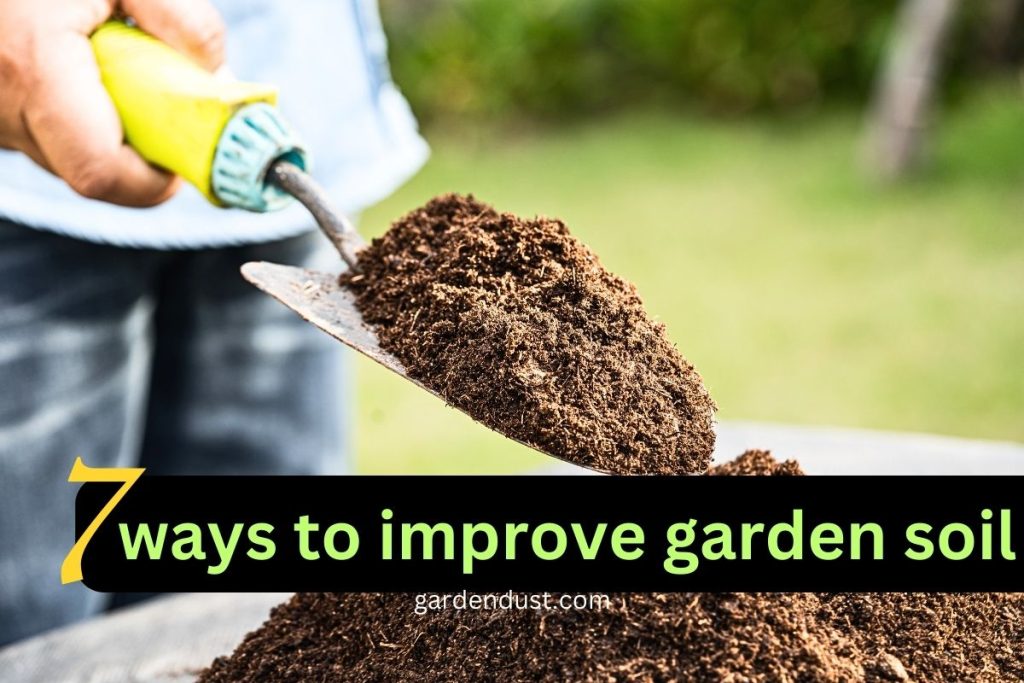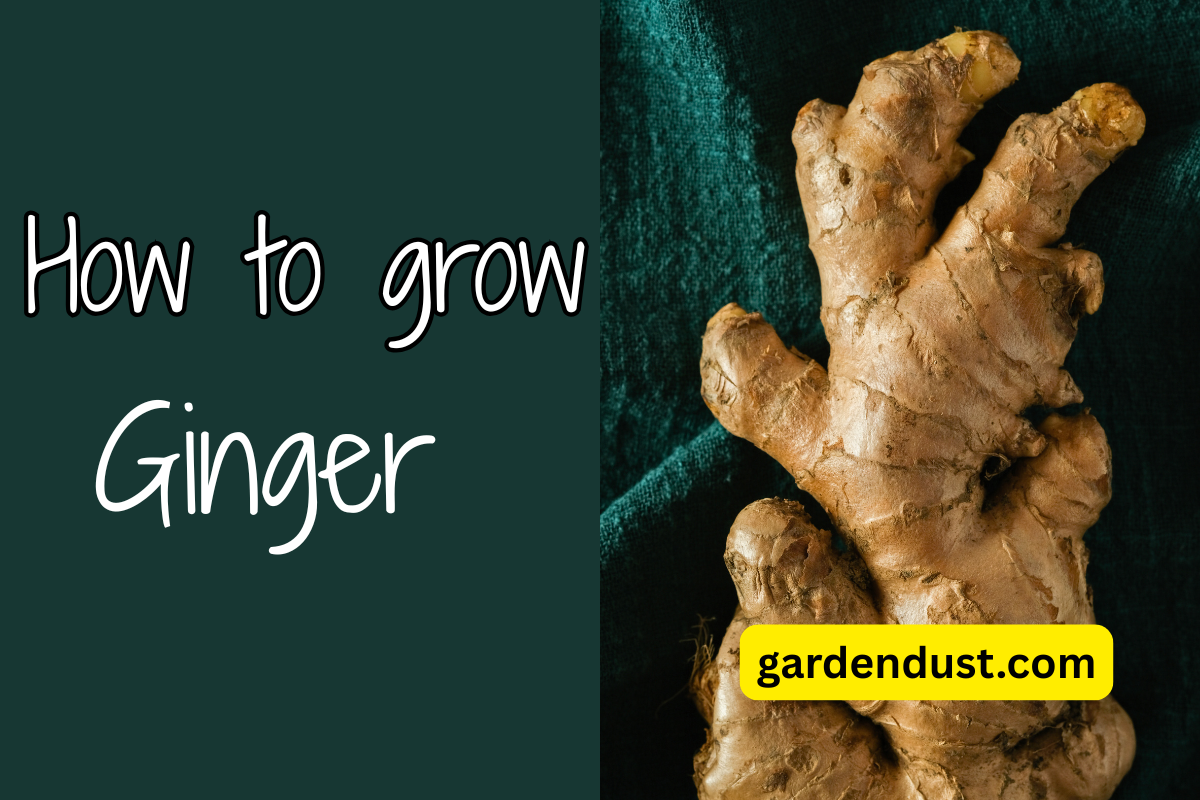A flourishing garden begins with healthy soil. Garden soil serves as the foundation for the growth and development of plants, providing essential nutrients, aeration, and water retention. However, over time, soil can become depleted and lose its fertility. To ensure a bountiful harvest and vibrant garden, it’s crucial to invest time and effort in improving your garden soil. In this article, we will explore seven detailed ways to enhance your garden soil and create an optimal environment for plant growth. Let’s begin…
How to improve garden soil?
7 ways-
1. Conduct a Soil Test
Before diving into soil improvement strategies, it’s essential to understand the current state of your garden soil. Conducting a soil test helps identify its pH level, nutrient composition, and texture. Most local agricultural extensions or garden centers offer soil testing services. Once you receive the results, you can tailor your soil improvement efforts based on the specific needs of your garden.
2. Amend Soil with Organic Matter
Organic matter is a key component of fertile soil. Adding compost, well-rotted manure, or other organic materials enhances soil structure, water retention, and nutrient availability. Compost, in particular, is a versatile and nutrient-rich organic amendment that improves both clayey and sandy soils. Aim to incorporate a generous layer of compost into your garden soil annually, ensuring a continuous supply of organic matter for your plants.
3. Mulch for Moisture Retention
Mulching is a simple yet effective technique to improve soil quality and conserve moisture. Organic mulches, such as straw, wood chips, or shredded leaves, help regulate soil temperature, suppress weeds, and prevent water evaporation. Mulching also encourages the development of beneficial microorganisms, promoting a healthy soil ecosystem. Apply a layer of mulch around your plants, leaving a small gap around the base to prevent stem rot.
4. Practice Crop Rotation
Crop rotation is a time-tested method to prevent soil-borne diseases and maintain a balanced nutrient profile. Different plants have varying nutrient requirements, and rotating crops helps prevent the depletion of specific nutrients in the soil. For instance, legumes are known for fixing nitrogen, which benefits subsequent crops. Develop a rotation plan based on the families of plants you grow, and avoid planting the same crop in the same location each year.
READ ALSO:-10 USES OF BAKING SODA IN YOUR GARDEN
5. Introduce Cover Crops
Cover crops, also known as green manure, are plants grown specifically to benefit the soil. These crops protect the soil from erosion, suppress weeds, and enhance fertility. Common cover crops include legumes like clover and vetch, which fix nitrogen, and grains like rye or oats, which add organic matter when turned into the soil. Before planting your main crops, allow cover crops to grow and then incorporate them into the soil. This not only improves fertility but also adds valuable organic material.
6. Adjust pH Levels
Soil pH plays a critical role in nutrient availability. Most plants thrive in slightly acidic to neutral soil, with a pH range of 6.0 to 7.0. Conducting a soil test will help identify your soil’s pH, and if necessary, adjustments can be made. To raise pH in acidic soils, add lime, while sulfur can be used to lower pH in alkaline soils. Maintaining the appropriate pH level ensures that essential nutrients are readily available to your plants, promoting optimal growth and development.
7. Implement No-Till Gardening
Traditional tilling can disrupt the soil structure, disturb beneficial microorganisms, and lead to increased erosion. No-till gardening, on the other hand, involves minimal soil disturbance and helps maintain soil health. Instead of turning over the soil, leave the surface undisturbed and build upon existing layers. This method reduces compaction, enhances water infiltration, and promotes the growth of beneficial soil organisms. Over time, the soil becomes more resilient and capable of supporting healthy plant growth.
A thriving garden begins with healthy soil, and implementing these seven detailed strategies will undoubtedly improve the quality of your garden soil. From conducting soil tests to incorporating organic matter, each step contributes to creating a sustainable and fertile environment for your plants. By understanding and addressing the specific needs of your garden soil, you’ll be rewarded with a lush and productive garden that flourishes year after year. Take the time to invest in your soil, and you’ll reap the benefits of a vibrant and thriving garden. Happy Gardening….







